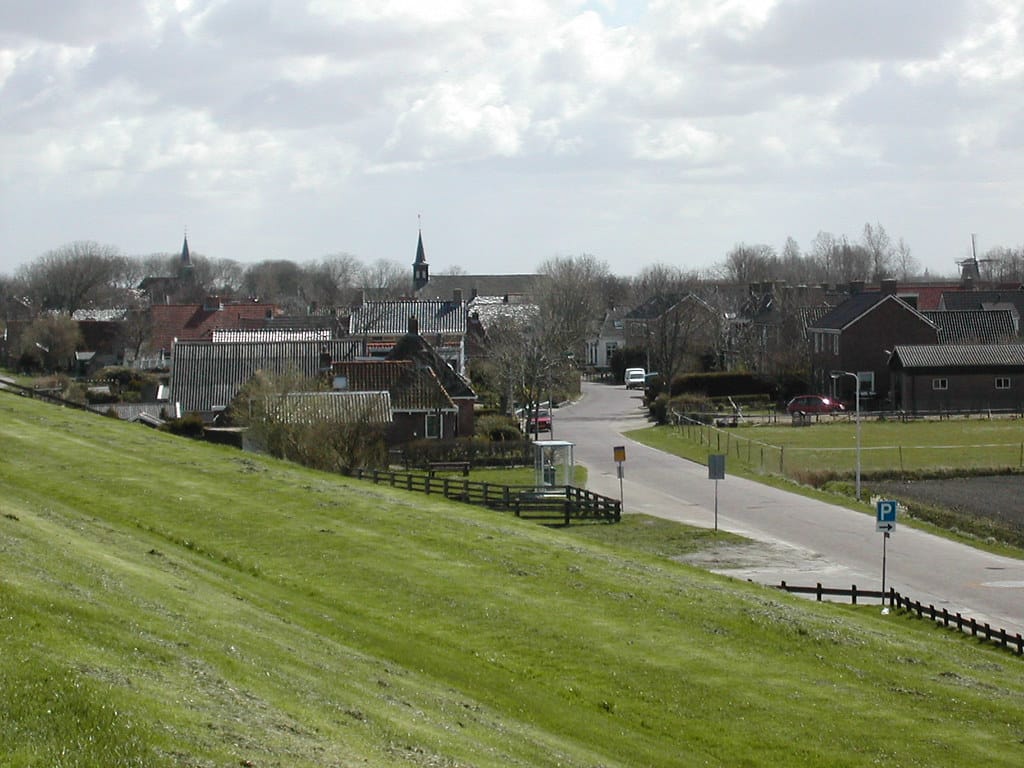Dutch Dikes Under Siege: How Returning Beavers Are Creating an Engineering Nightmare
After vanishing from Dutch waterways over 150 years ago, beavers have made a remarkable comeback in the Netherlands. But their industrious dam-building is now threatening the very infrastructure that keeps this low-lying nation above water—its legendary dike system.
Nature's Return Creates Modern Problems
The North American and Eurasian beavers were completely eliminated from the Netherlands by the mid-1800s due to hunting and habitat destruction. However, successful reintroduction programs beginning in the 1980s have brought these ecosystem engineers back with a vengeance. Today, an estimated 5,000 beavers call Dutch waterways home, marking one of Europe's most successful wildlife comeback stories.
Yet this conservation triumph has created an unexpected challenge for Dutch water management authorities. The same instincts that make beavers valuable for ecosystem restoration—their compulsive dam-building and burrowing—are putting critical flood defenses at risk.
Small Holes, Big Consequences
The Netherlands faces a unique vulnerability that makes beaver activity particularly concerning. With 26% of the country lying below sea level and 60% susceptible to flooding, the nation's 22,000 kilometers of dikes and levees represent the difference between prosperity and catastrophe.
Beavers create problems in two primary ways: their extensive burrow systems can weaken dike foundations, while their dams can alter water flow patterns and increase pressure on flood defenses during heavy rainfall or storm surges.
"Even a small hole from a beaver burrow can compromise the structural integrity of a dike," explains Dr. Maarten Kleinhans, a hydraulic engineer at Utrecht University. "Water follows the path of least resistance, and these tunnels can become conduits for seepage that leads to catastrophic failure."
When Wildlife Management Meets Crisis Prevention
Rijkswaterstaat, the Dutch national water management agency, now dedicates significant resources to beaver-related infrastructure protection. Their approach combines monitoring, habitat modification, and selective intervention.
Recent incidents highlight the scope of the challenge. In 2022, beaver activity near Zutphen required emergency repairs to prevent potential flooding of 10,000 homes. Similar situations have occurred in North Holland and along the Maas River, where beaver dams created dangerous water backup during storm events.
Water managers employ various strategies, including:
- Installing wire mesh barriers around vulnerable dike sections
- Creating alternative habitat areas to redirect beaver colonies
- Emergency burrow filling with specialized concrete mixtures
- 24/7 monitoring systems in high-risk areas
Balancing Conservation with Public Safety
The beaver situation exemplifies broader challenges facing rewilding efforts across Europe. While environmental groups celebrate the species' recovery, water safety officials must grapple with real-world consequences of successful conservation.
"We don't want to eliminate beavers again," says Hans de Vries, senior advisor at Rijkswaterstaat. "But we need sustainable solutions that protect both wildlife and human communities. This requires innovative thinking about coexistence."
Some promising developments include:
- Smart relocation programs that move problem colonies to safer areas
- Engineered beaver habitat designed to satisfy their dam-building instincts without threatening infrastructure
- Early warning systems using acoustic monitoring to detect new beaver activity near critical structures
Lessons for Global Infrastructure
The Dutch beaver dilemma offers insights relevant far beyond the Netherlands' borders. As rewilding efforts expand globally and climate change intensifies extreme weather, more communities will face similar conflicts between conservation success and infrastructure vulnerability.
Countries with extensive levee systems—from the United States' Mississippi Delta to Bangladesh's flood management networks—can learn from Dutch approaches to wildlife-infrastructure conflicts. The key lies in proactive planning rather than reactive crisis management.
Building Tomorrow's Solutions
The Netherlands' experience with returning beavers demonstrates that successful conservation requires ongoing adaptation and investment. Rather than viewing wildlife recovery as a one-time achievement, managers must prepare for the complex, long-term consequences of ecosystem restoration.
As climate change increases both flood risks and the importance of natural water management, finding sustainable solutions becomes even more critical. The beaver challenge is pushing Dutch engineers toward innovative approaches that could benefit water management worldwide.
The story of Dutch beavers serves as both celebration and cautionary tale—proof that nature can recover remarkably, but reminder that success brings new responsibilities. In a nation built on the principle that water must be controlled, learning to live with nature's engineers represents the next frontier in adaptive management.
